On this day in 1645, a freed slave became the first non-Native settler to own land in Greenwich Village
Find out more
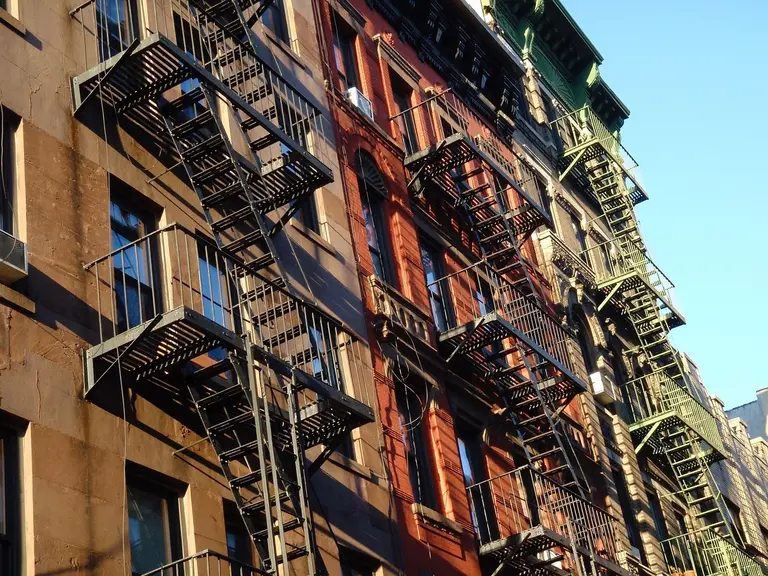
Image via Pixbay
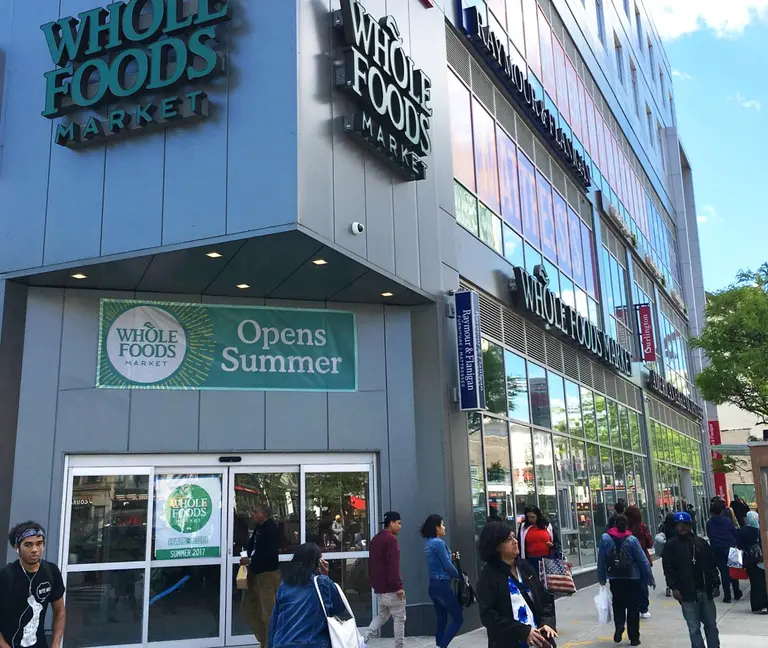
Image via Whole Foods’ Facebook
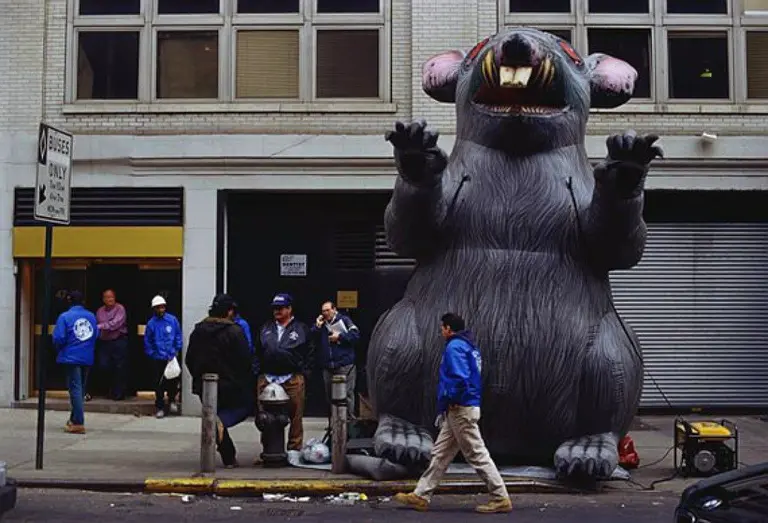
Photo courtesy of Big Sky Balloons
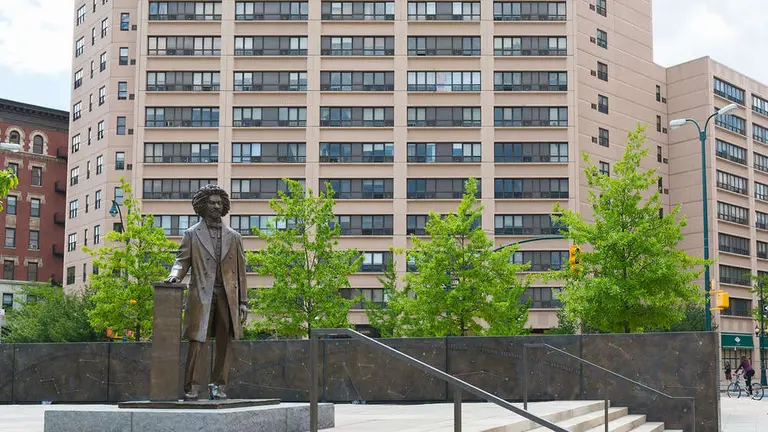
Statue of Frederick Douglass can be found at Central Park North and Frederick Douglass Boulevard, via CityRealty
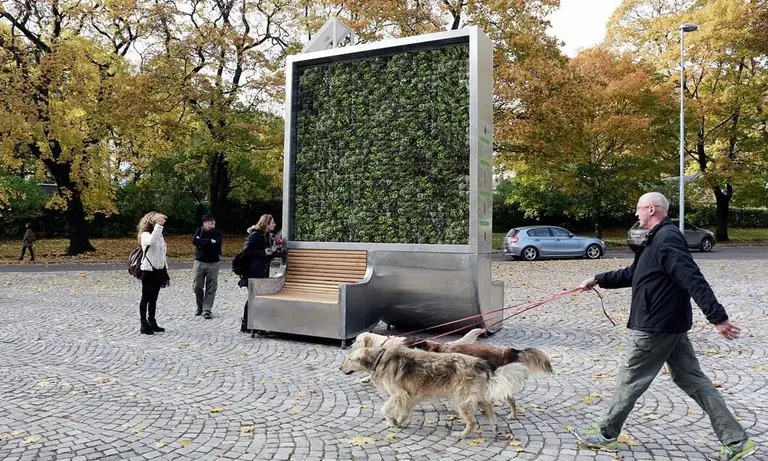
Photo courtesy of Green City Solution’s Instagram